Patterns
Kits
sundries
knitting tools, buttons and notions, project bags and other pleasing little things
knitting tools, buttons and notions, project bags and other pleasing little things
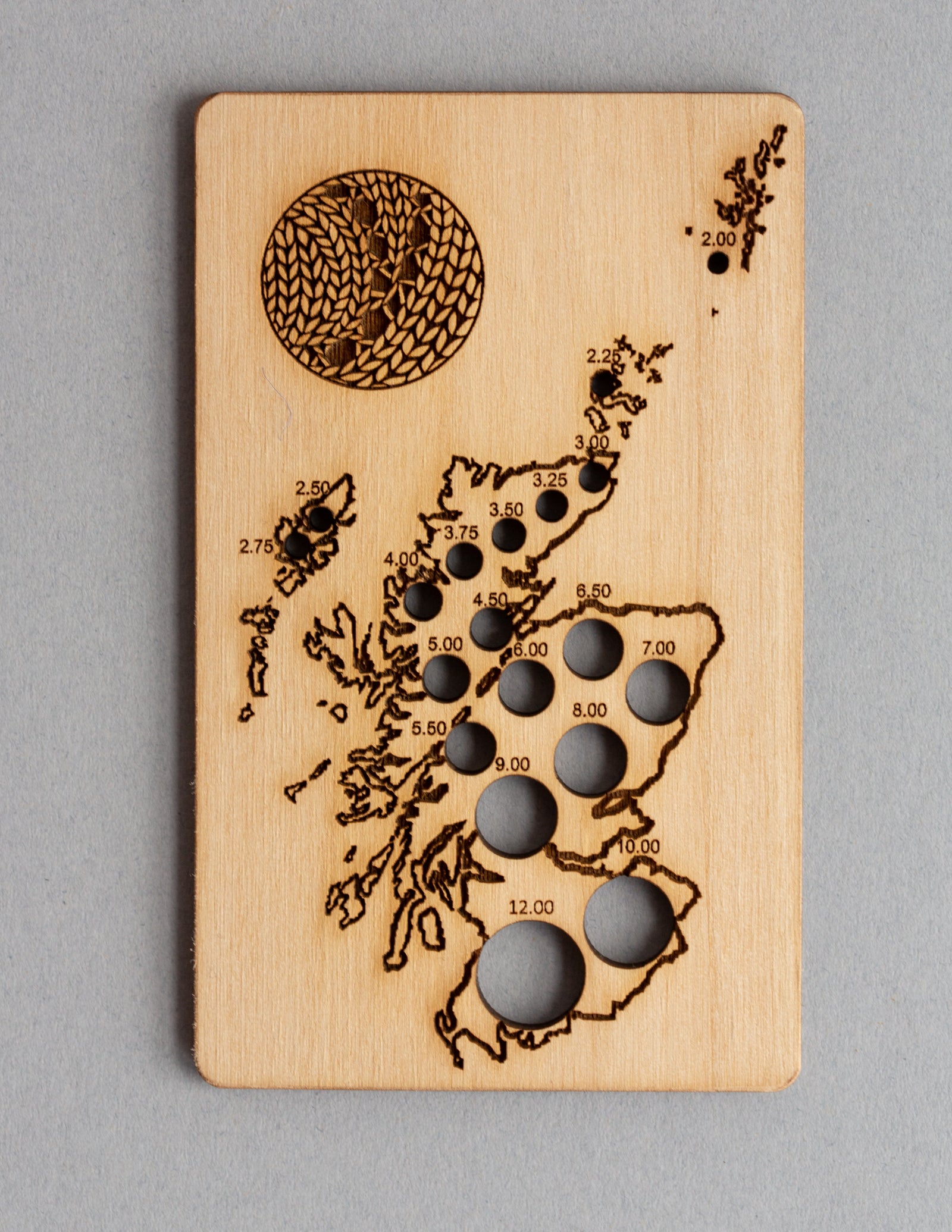
Exclusive Scotland needle gauge by Katrinkles
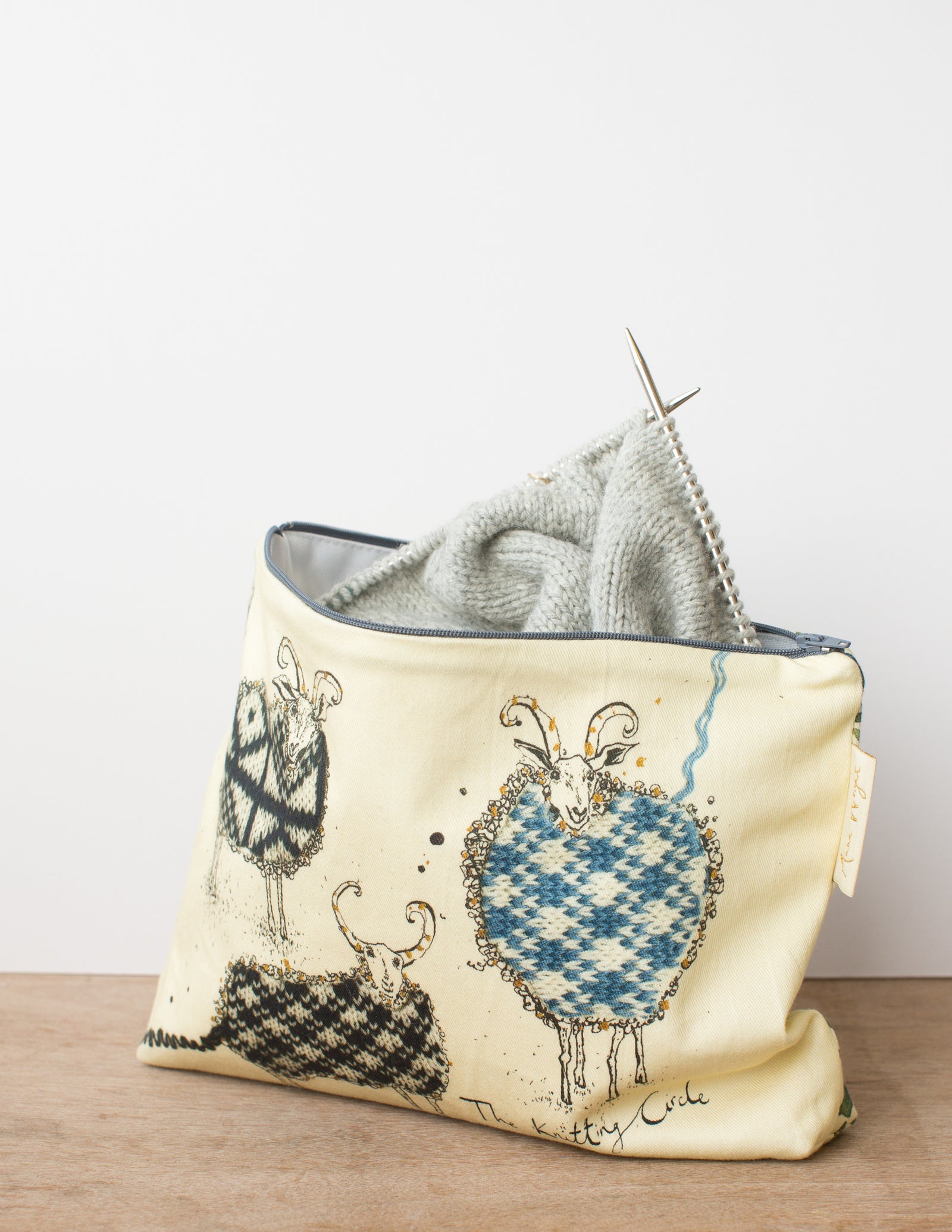
Zippered pouches in two sizes by our studio neighbour Anna Wright
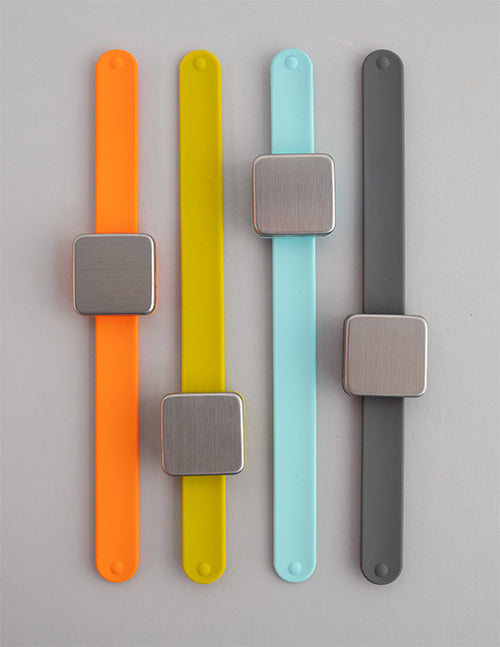
keep small tools accessible with the Maker's Keep
gift 2019
Subscribe to our Colourwork Club for a gift that lasts well into the new year. Your recipient will receive a new colourwork kit in Janurary, February and March
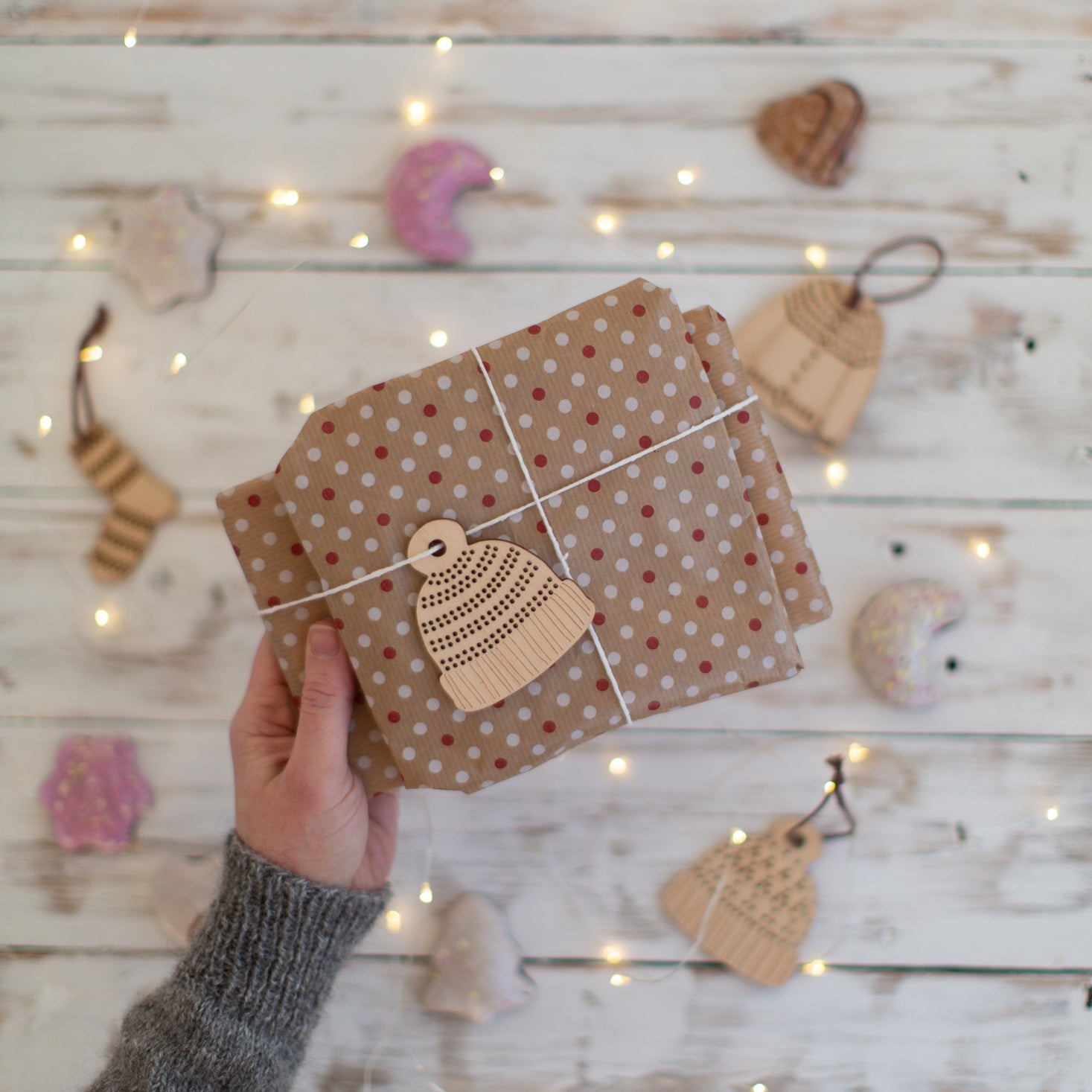
Subscribe to our Colourwork Club for a gift that lasts well into the new year. Your recipient will receive a new colourwork kit in Janurary, February and March

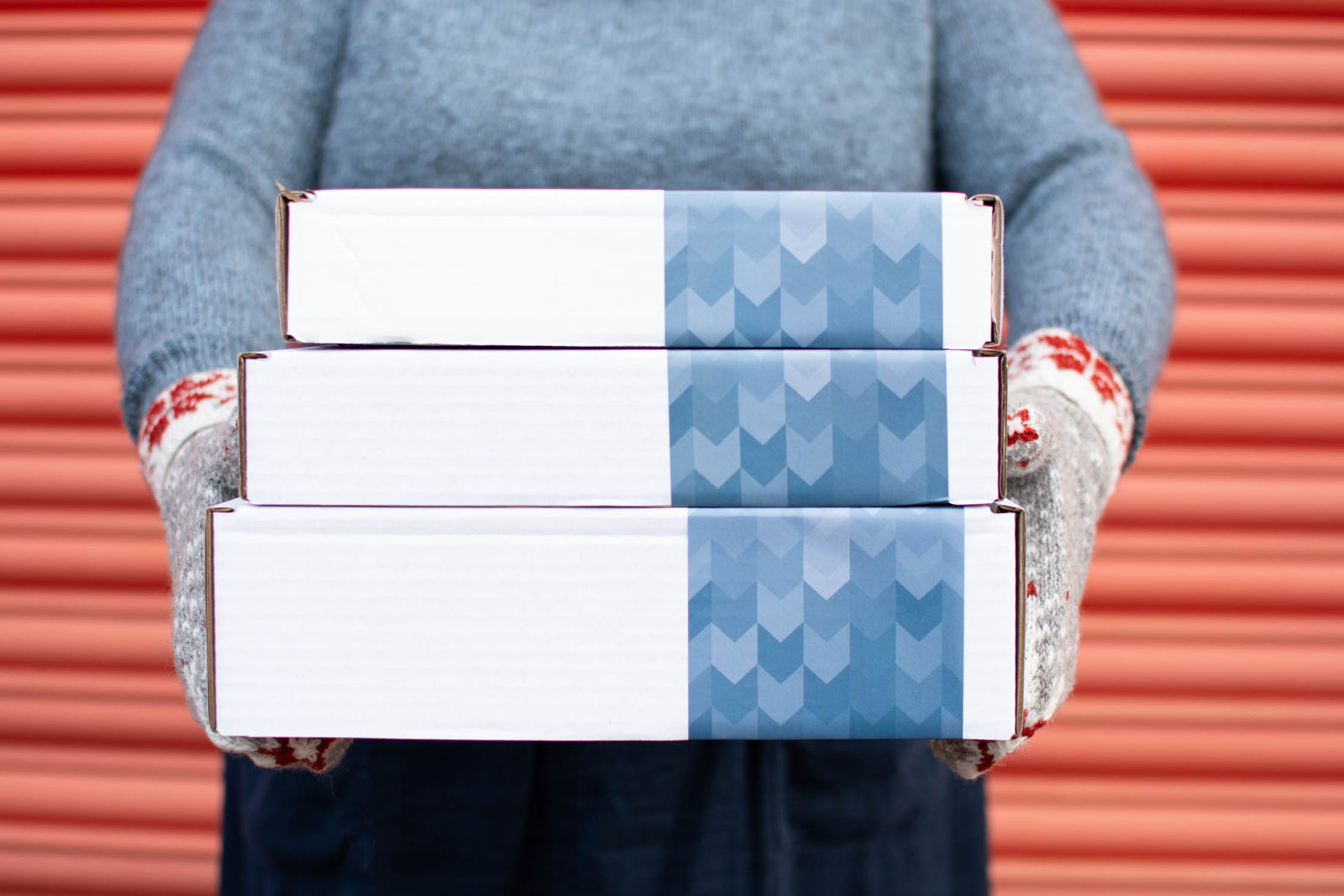
Last minute shopping? Gift cards are delivered electronically - forward the email or print it for your recipient. A range of amounts are available and gift cards don't expire.


Learn to Knit: How to Read a Knitting Chart
April 29, 2021
A knitting chart is a graphical representation of knitting or knit fabric, most often used for stitch patterns such as lace, cables, or colourwork.
Charts condense the information given in a written-out pattern into a concise visual version, making it easier to understand how the stitches work together to form a pattern.
Although they may appear intimidating or difficult to use at first glance, learning to read knitting charts is a rewarding way to gain a new perspective on your knitting. Even if you prefer knitting from row-by-row directions, understanding how charts work will help you keep track of your rows, diagnose errors, and deepen your understanding of knitting as a whole.
Anatomy of a Knitting Chart

A chart is a grid, where each square represents one stitch as it appears on the front of your work
Symbols are used to represent different stitches, and their definitions appear in the chart key.
Each symbol usually has a definition given for both the RS and WS, so the stitch you work depends on whether you are on the RS or WS.
Note: Although many chart symbols may appear similar across different publishers, it’s important to double-check the chart key to make sure that each symbol means what you think it does.

Each row of the chart corresponds to a row of knitting (with some exceptions), and is worked in the same direction as you knit: once you have cast on, you work across the needle from right to left, and the fabric grows below your needles. So you will begin reading the chart at the bottom right corner, and read the first row from right to left.
How to Read Knitting Charts
Working Flat

Here are some tips for when you're working flat and reading a knitting chart.
Right side rows (usually odd-numbered) are read from right to left.
Wrong side rows (usually even-numbered) are worked from left to right.
Right side rows are numbered on the right-hand side of the chart.
Wrong side rows are numbered on the left-hand side.
Beginning at the bottom right-hand corner of the chart, work the stitches to the beginning of the pattern repeat.
Then, work the pattern repeat the number of times necessary, or until there remain only enough stitches to work the left edge stitches. Then work the remaining stitches.
Working in the round

When working in the round, the front of your work always faces you.
So when working from a chart in the round, every row of the chart will be read from right to left (just as how you knit). This is usually represented on the chart by row numbers all on the right-hand edge of the chart.
Knitting Chart Repeats

The red box around the center X sts indicates a pattern repeat, as shown on the chart key (refer back to above images).
These stitches will be repeated across the row as needed, while the stitches outside of the pattern repeat will only be worked once - at the beginning and end of the row.
The pattern repeat may be worked the same number of times on each row, such as for a sweater. Or, the number of pattern repeats may change as you work through the project, such as a top-down triangular shawl with increases.
You might need to look at what comes after the repeat box to work out when to stop repeating, as shown below:

Right Side Only

Sometimes WS rows are omitted from charts, such as when all WS rows are purled or otherwise worked the same. In this case, the row numbers are all on the right-hand edge of the chart, but only every other number is shown.
What does NO STITCH mean?
“No stitch” shading is used in charts as a placeholder, for where increases or decreases change the shape of the chart. The no stitch placeholder helps keep the chart tidy, and maintains the visual connection between the chart and your work.
Simply skip the “no stitch” box and continue to the next stitch.

In this pattern several rows are worked with only decreases, before one row that has lots of yarn over increases. The total number of yarn overs and decreases balance out, and the stitch count on row 1 and 8 is the same, but it reduces between rows 1 and 5.
Without the no stitch boxes this chart would have wavy edges and it wouldn't show you that the paired decreases stack on top of each other in columns.
Keeping Track of Where You Are in the Knitting Chart

There are lots of ways to keep track of your place in a chart.
Depending on the size of the chart, you could try:
- post-it notes or washi tape, above or below the row you are working
- checkmarks at the end of each row
- magnetic chart keeper
- tally marks/counting rows
Tip: place your post-it tape or magnetic marker above the current row so that you can easily see how the stitches you're working line up with those on the previous row.
Using Charts to Check Your Work
When working from row-by-row-directions where charts are also given, you can use the knitting chart as another source of information to check your work against.
Referring to the chart while knitting from row-by-row directions, especially on the first repeat of the pattern, is a good way to ensure that your stitches are stacking up the way they should.


This also helps you identify issues later on, such as missing yarn overs that should be stacked on top of one another.
For more in depth discussion on this check out this post from Ysolda on using charts even if you hate them.
Also in Journal
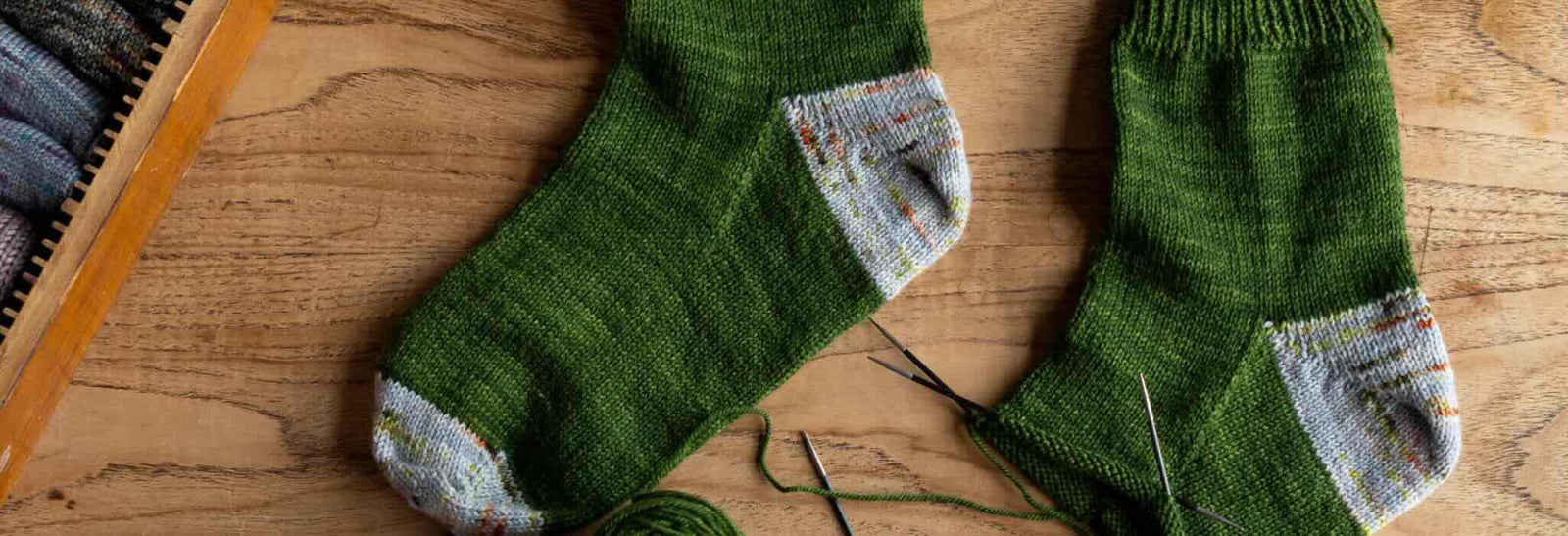
Deep Shadow Heel Tutorial
September 25, 2025
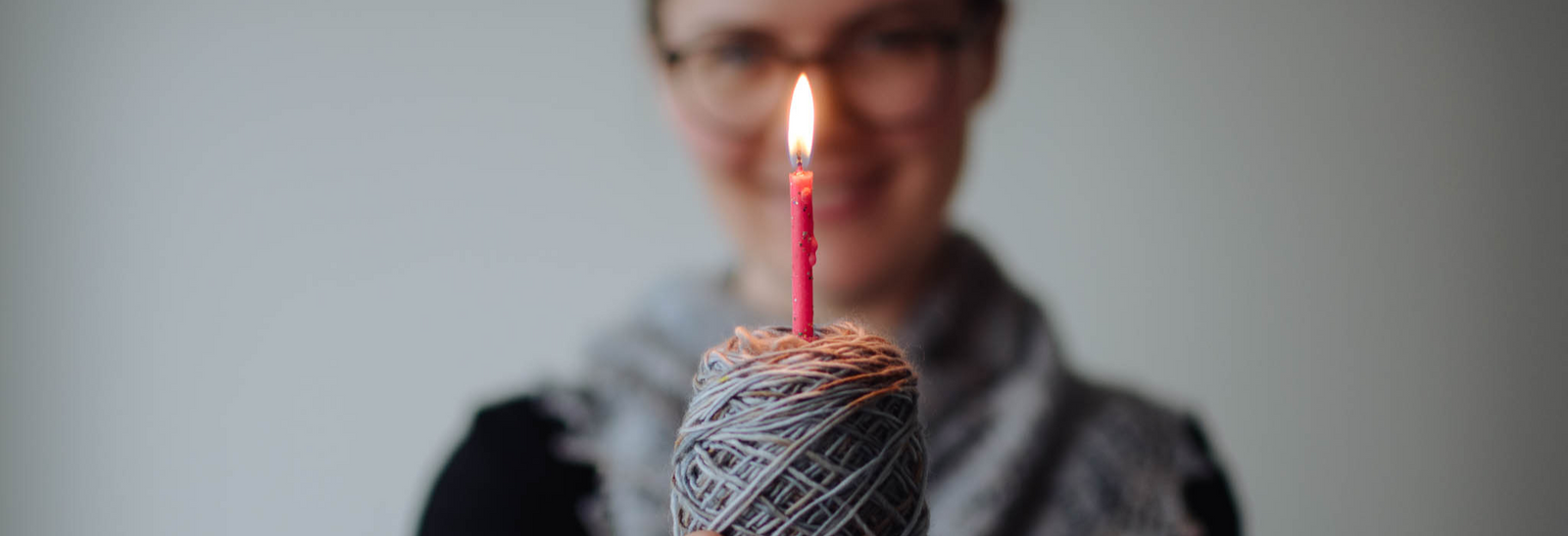
20 Years of Ysolda Knitting Patterns: Part 2
June 23, 2025
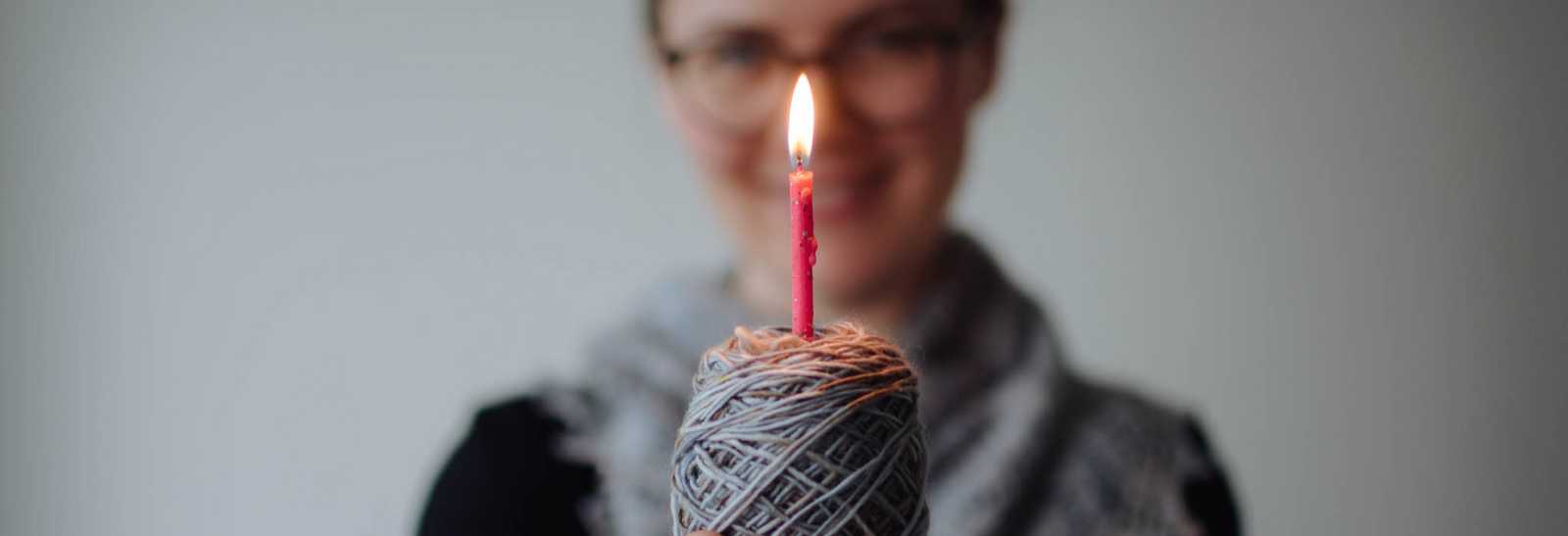
20 Years of Ysolda Knitting Patterns: Part 1
June 19, 2025
Recent Articles
-
Deep Shadow Heel Tutorial
September 25, 2025
-
20 Years of Ysolda Knitting Patterns: Part 2
June 23, 2025
-
20 Years of Ysolda Knitting Patterns: Part 1
June 19, 2025
-
Learn to Knit: Mattress Stitch
March 29, 2023
-
How to Knit a Scarf: A Beginners Guide to Scarf Knitting
March 23, 2023
-
Learn to knit: the long tail cast-on
February 03, 2022
-
How to Graft Your Knitting
December 09, 2021
-
Crochet Provisional Cast-on
December 02, 2021
-
Learn to knit: How to knit in the round with double pointed needles
November 25, 2021
-
Learn to knit: How to knit in the round using the magic loop technique
November 25, 2021
Free resources
-
KALS, step-by-step pattern guides and free patterns
Learn brioche with the free Daniel's Hat pattern
Tombreck - a free chevron beanie pattern
Working the brioche neck detail on the Polwarth sweater
Installing a zipper and ribbon, finishing wee Carson
Yarn colour ideas for Threipmuir sweater
Additional colourways for the Joy mitts (choose your pride flag)
How to join the shoulders on Wardie
How to join the pockets on Granton and Wardie
Finishing Resources for Granton
Broughton mittens tutorial part 1
Broughton mittens tutorial part 2
Broughton mittens tutorial part 3
Basics
Casting on
Decorative Channel Island Cast-on
Binding off
3 Easy Stretchy Bind-offs (p2tog bind-off; k2togtbl, k1 bind-off; Jeny's surprisingly stretchy bind-off)
Tubular Bind-off for brioche stitch
Increasing
Paired increase methods compared
How to continue in pattern while increasing and decreasing
Decreasing
Brioche stitch double decreases
Knitting in the round
How to Knit in the round using Magic Loop
How to Knit in the round using DPNs
Short rows
Swatching and gauge
Tips and tricks
Avoiding ears when binding off
Tighter purl stitches for neater cables and ribbing
Cabling without a cable needle
How to knit more symmetrical yarn overs
Bust darts in sweaters with all over stitch patterns
A magic formula for evenly distributing shaping
Superwash v Non-Superwash Wool
Picking up sts from the middle of the fabric
Reading knitting patterns
Understanding "continue in pattern"
Help! Where am I in my knitting project?
Using charts, even if you hate them
Finishing
Garment knitting
Joining the body and sleeves on a seamless bottom up sweater
Sizing
Ysolda’s sizing chart for knitwear designers
Inclusive garment knitting
How to pick a garment without a model for you (specifically addresses finding garment patterns when your gender identity isn't represented and the styles you want to knit might not be sized to fit your body)
How does ease affect inclusive size ranges?
Specific stitch patterns
Lace
Identifying and fixing mistakes in lace knitting
Colourwork
Getting started with stranded colourwork
Understanding colour dominance
Working stranded colourwork over small circumferences
Decreases in stranded colourwork
Holding the yarn for stranded colourwork
Ladderback Jacquard (a neat way to deal with long floats)
Cables
Cabling without a cable needle
Cabling without a cable needle on the wrong side
How to knit cabled decreases
Closed ring cable increases and decreasesBrioche
How to work brioche stitch in the round
Other crafts
Cross stitch
How to begin your first large cross stitch project
How to finish a cross stitch project with an embroidery hoop frame
Mending

Sign up today
Find out the latest news from the studio such as sales, pattern releases, and new workshops or KALs our learning community, The Knitwork. We also share helpful tips and exclusive subscriber discounts...



